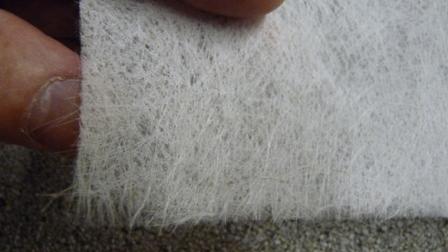Mastering Roof Inspections: Asphalt Composition Shingles, Part 1
by Kenton Shepard and Nick Gromicko, CMI®
The purpose of the series “Mastering Roof Inspections” is to teach home inspectors, as well as insurance and roofing professionals, how to recognize proper and improper conditions while inspecting steep-slope, residential roofs. This series covers roof framing, roofing materials, the attic, and the conditions that affect the roofing materials and components, including wind and hail.
Covered here are the standards and best practices related to shingle manufacture and installation, including the different types of shingles and their performance characteristics, and their related components, such as underlayment, flashing and fasteners.
Also covered are the general, industry-accepted methods for installation, where to look for defects, how to recognize them, how to determine how serious they are, and how to tell when shingles are at or near the end of their useful lives. Using a forensic approach to inspecting asphalt shingles, you’ll learn to compare what you see to what you know. Once you’ve learned the fundamentals, you’ll be able to identify all sorts of problems.
ASPHALT SHINGLE COMPONENTS
The terms "asphalt" shingle and "composition" shingle are general terms for the same thing. The term “composition” is used because the shingles are a composite product made from either a fiberglass or a cellulose mat, and asphalt and minerals, as opposed to a single material, such as wood shingles or clay tiles.
All modern shingles manufactured in North America have mats made of interwoven fiberglass strands, so you may also hear them called "fiberglass" shingles. A modern shingle consists of a fiberglass mat embedded in asphalt, and covered with granules on the surface that faces the weather. The mat, asphalt and granules act together to form a durable, flexible and waterproof assembly.
In the past, shingles were also manufactured using mats made of cellulose-based materials, and these are called "organic" shingles.
Mat

The mat provides the reinforcement that gives shingles the strength to help resist splitting, tearing and pulling over the heads of fasteners.

Although the mat is less than 2% of the shingle's weight, a small difference in mat thickness can make a big difference in shingle tear strength.

This unsaturated fiberglass mat will give you a better idea of what one looks like before it’s been saturated with asphalt.

More Resistant to Heat and Humidity
Fiberglass shingles are more resistant than organic shingles to heat and humidity. Warm air can hold more moisture than cold air. Because they absorb less moisture, fiberglass shingles deform less as they age, making them more stable in warm or damp climates.
Also, because the fiberglass mat does not absorb moisture, as fiberglass shingles age and lose volatiles, they deform less than cellulose shingles. “Volatiles” are compounds in asphalt that help keep shingles waterproof, flexible and durable, but which dissipate over time. Most volatile dissipation is due to evaporation from overheating.
Variations in Performance
**************************************************
Learn how to master a roof inspection from beginning to end by reading the entire InterNACHI series: Mastering Roof Inspections.
Take InterNACHI’s free, online Roofing Inspection Course
Mastering Roof Inspections
Roofing Underlayment Types
Inspecting Underlayment on Roofs
Fall-Arrest Systems
Roofing (consumer-targeted)
More inspection articles like this

